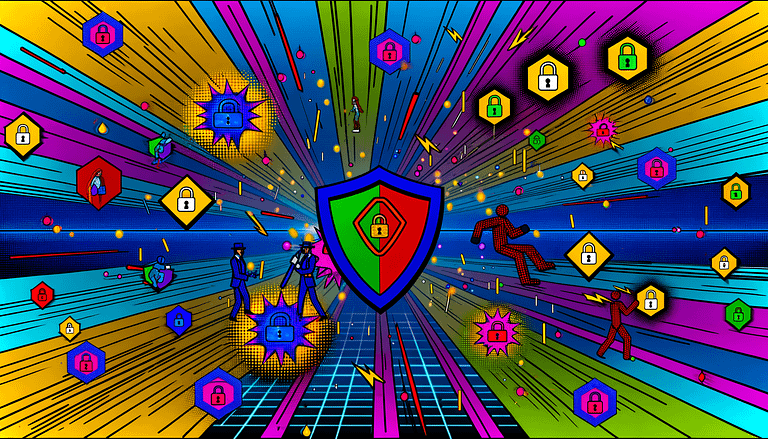NFT Lending Merges with DeFi for New Liquidity Paths
In A Nutshell
NFT lending has emerged as a revolutionary way for NFT owners to unlock liquidity by using their digital assets as collateral for loans. It integrates non-fungible tokens (NFTs) into the decentralized finance (DeFi) sector, providing a novel avenue for borrowing and portfolio diversification. However, this innovative financial mechanism carries its own set of risks and challenges, including value volatility and regulatory uncertainties.
Understanding NFT Lending
NFT lending enables owners of non-fungible tokens to obtain loans by offering their NFTs as collateral. This financial innovation is gaining traction, addressing the liquidity challenge inherent in the NFT market. Unlike fungible cryptocurrencies that can be easily traded, NFTs’ unique nature makes them less liquid. The lending process can be peer-to-peer, where NFT owners interact directly with lenders, or peer-to-protocol, involving DeFi platforms as intermediaries.
Mechanics of NFT Lending
The process involves locking the NFT into a smart contract as collateral. NFT owners can list their assets on specialized platforms, receiving loan offers from potential lenders. Upon accepting an offer, the borrower receives the loan amount, typically in a stablecoin, with the NFT held in escrow until the loan is repaid. Should the borrower default, the lender claims the NFT, potentially liquidating it to recoup the loan value.
Expanding Liquidity through NFT Fractionalization
A notable aspect of NFT lending is the concept of fractionalization. This process involves dividing an NFT into smaller, fungible tokens representing ownership shares. This approach not only makes high-value NFTs more accessible to a broader investor base but also enhances liquidity. Owners can sell fractional shares for immediate capital or use them as collateral for loans, further unlocking the potential of their digital assets.
Benefits and Opportunities
NFT lending offers a range of benefits, including increased liquidity for NFT owners and the opportunity for digital art creators to leverage their works financially without selling them. It eliminates the need for traditional credit checks, making loans more accessible to a wider audience. This intersection of DeFi and digital art opens new avenues for collectors and artists alike.
Understanding the Risks
Despite its advantages, NFT lending is fraught with risks. The inherent volatility of NFTs poses a challenge in accurately appraising their value for collateralization. Smart contract vulnerabilities and regulatory uncertainties further complicate the landscape. Additionally, the environmental impact of NFT minting and transaction costs can not be overlooked.
Our Take
NFT lending represents a significant step forward in integrating digital assets into the broader financial ecosystem. It provides much-needed liquidity in the NFT market and opens up new possibilities for asset utilization. However, the nascent stage of this market demands careful consideration of the risks involved. As the regulatory landscape evolves and technology advances, NFT lending could become a more stable and integral part of the DeFi sector. Investors and NFT owners must stay informed and approach these opportunities with a balanced perspective on potential rewards and risks.
Sources
– Cointelegraph.com







